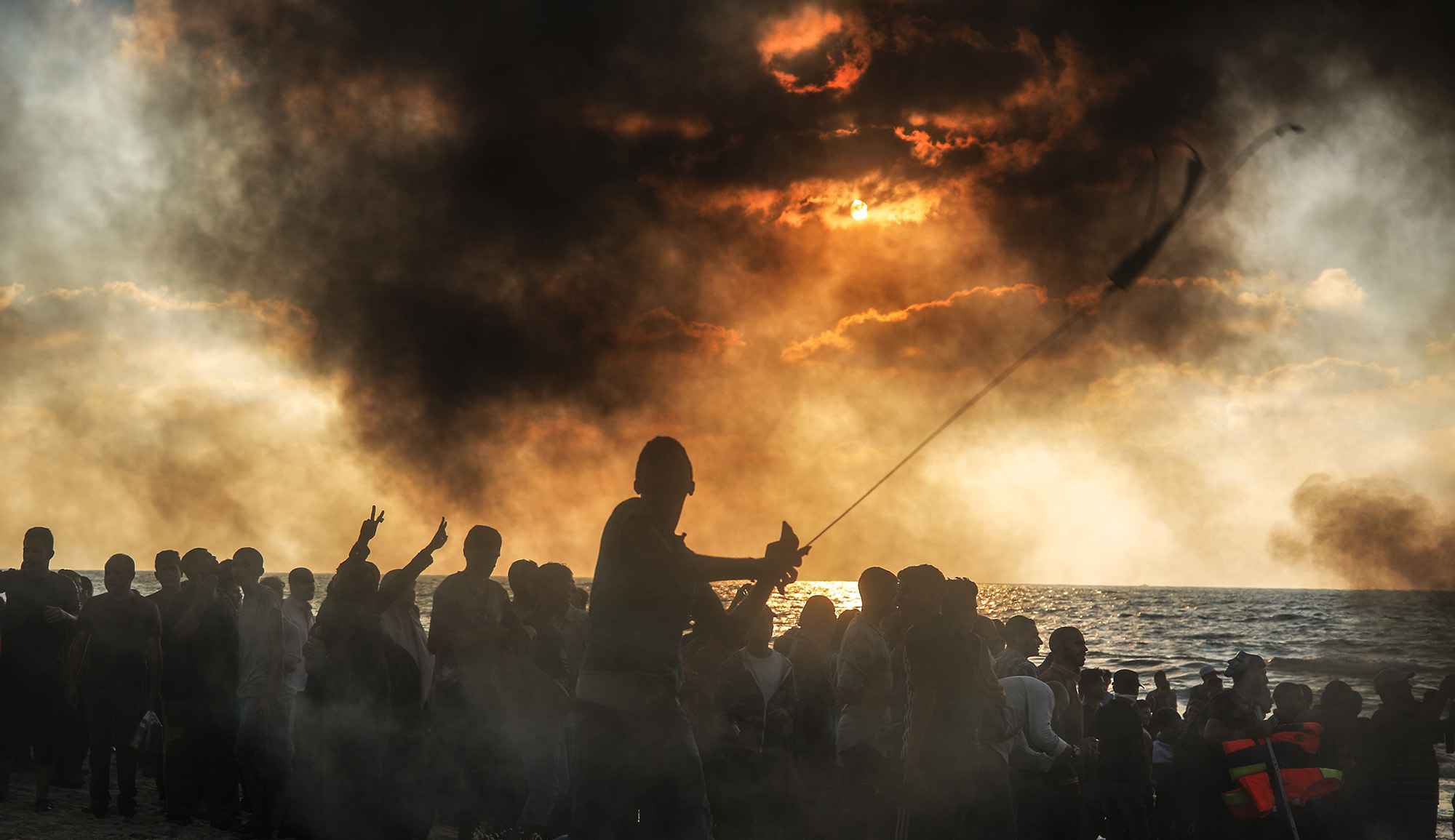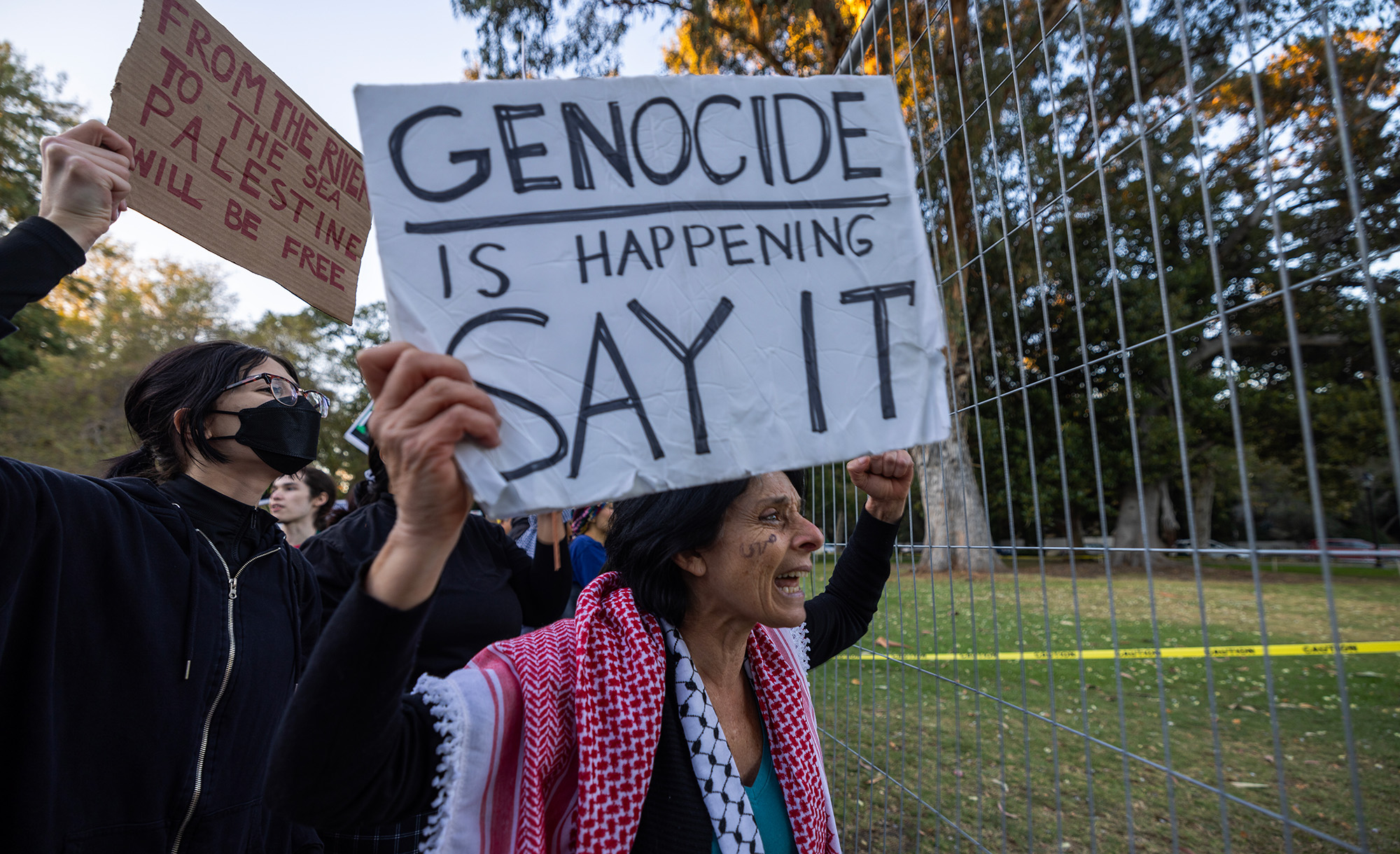While the synagogue shootings of Pittsburgh and Poway were carried out by anti-Semites of the white-supremacist variety, the shooting at the kosher grocery store in Jersey City, and Saturday night’s stabbing attack at a Hanukkah celebration in Monsey, NY, were the work of African Americans. These incidents come alongside the frequent, but less deadly, verbal and physical assaults on Jews in New York City and some of its suburbs that almost always involve young blacks targeting visibly Orthodox Jews.
Over 70 years ago, the celebrated essayist and novelist James Baldwin addressed what he termed “the Negro’s ambivalent relation to the Jew” in his essay “The Harlem Ghetto: Winter 1948,” published in Commentary. He was writing at a time when Jim Crow was alive and well in the South, blacks were unwelcome in many areas of New York City, Jewish activists in the area of civil rights were not yet as numerous as they would become, and the state of Israel did not exist:
To begin with, though the traditional Christian accusation that the Jews killed Christ is neither questioned nor doubted, the term “Jew” actually operates in [a religious] context to include all infidels of white skin who have failed to accept the Savior. No real distinction is made: the preacher begins by accusing the Jews of having refused the light and proceeds from there to a catalog of their subsequent sins and the sufferings visited on them by a wrathful God. Though the notion of the suffering is based on the image of the wandering, exiled Jew, the context changes imperceptibly to become a fairly obvious reminder of the trials of the Negro, while the sins recounted are the sins of the American republic.
At this point, the Negro identifies himself almost wholly with the Jew. The more devout Negro considers that he is a Jew, in bondage to a hard taskmaster and waiting for a Moses to lead him out of Egypt. The hymns, the texts, and the most favored legends of the devout Negro are all Old Testament and therefore Jewish in origin. . . . The favorite text of my father, among the most earnest of ministers, was not “Father, forgive them, for they know not what they do,” but “How can I sing the Lord’s song in a strange land?”
[But] I remember meeting no Negro in the years of my growing up, in my family or out of it, who would really ever trust a Jew, and few who did not, indeed, exhibit for them the blackest contempt. On the other hand, this did not prevent their working for Jews, being utterly civil and pleasant to them, and, in most cases, contriving to delude their employers into believing that, far from harboring any dislike for Jews, they would rather work for a Jew than for anyone else.
The tension between Negroes and Jews contains an element not characteristic of Negro-Gentile tension, an element which accounts in some measure for the Negro’s tendency to castigate the Jew verbally more often than the Gentile, and which might lead one to the conclusion that, of all white people on the face of the earth, it is the Jew whom the Negro hates most. When the Negro hates the Jew as a Jew he does so partly because the nation does and in much the same painful fashion that he hates himself. It is an aspect of his humiliation whittled down to a manageable size and then transferred.
More about: African Americans, Anti-Semitism, James Baldwin, Racism


